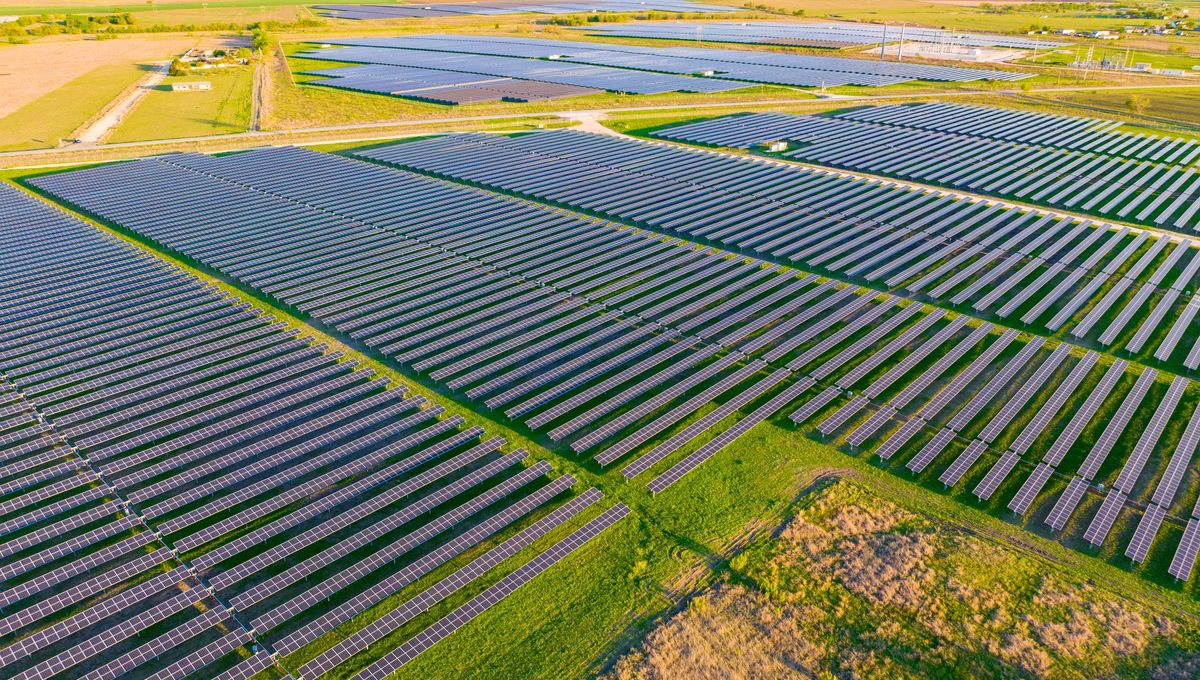
There’s a revolution going on in how we produce our electricity, and it’s happening even in the places where it’s denounced the loudest. Few places illustrate that better than Texas, where renewable power keeps setting records, despite how many powerful people hate it.
In February 2021, a cold snap put unprecedented pressure on the Texas electricity grid, causing widespread blackouts that led to deaths and teetered on the verge of complete disaster. Inevitably, random climate change deniers rushed to blame wind power for the problems, even though most of the loss of capacity was in gas-fired power stations. However, they were joined by many senior Texas politicians, including the governor, which certainly gave the impression they’d be putting a hold on any energy source that couldn’t run 24/7.
Instead, photovoltaic panels have been installed at a phenomenal rate since. A particularly revealing consequence is that in March solar provided more of Texas’s electricity than coal, the first time it has won over a month.
According to the Institute for Energy Economic and Financial Analysis (IEEFA), the Electric Reliability Council of Texas (ERCOT) – the grid that supplies nine in 10 Texans – used 3.26 million megawatt hours (MWh) of solar-produced electricity in March. That contrasts with 2.96 million MWh from coal, so the difference was around 10 percent.
Solar production was up by 56 percent from the previous March, and three times as much as the March that followed that deadly freeze.
IEEFA notes a string of milestones. Solar provided more than 10 percent of ERCOT’s electricity for the first time in March, while coal’s drop below 10 percent was also a first.
Even in January, solar helped prevent another system meltdown during a cold snap, meeting almost a quarter of demand in the middle of the day.
The records will keep falling. More than 7 gigawatts (GW) of solar capacity is expected to be added to the Texas grid by the end of the year, an increase of almost a third on current levels; next March will be bigger for solar, even if the weather is less friendly. Plans are underway for even more dramatic additions in 2025. The Energy Information Administration, a government agency, predicts solar will produce more of Texas’s electricity than coal over the course of the whole year.
Demand in Texas is not growing anywhere near fast enough to soak up all this extra production, particularly when wind power’s slower growth is added, so something has to be forced out of the market. So far that has mostly been coal, rather than gas. In 2017, almost a third of the energy used in Texas was from coal. This year, it may top 10 percent for the year, despite dropping below in March, but if so, it won’t be by much.
Texans’ reputation for doing everything bigger has included coal use until now. Last year, it burned twice as much coal for electricity as any other state. The decline in coal in Texas has been faster than for the nation as a whole, but the rest of the country is not far behind.
Those disputing the usefulness of renewable energy love to argue solar is no use when the Sun doesn’t shine, but Texas is also leading America in the rate of battery installation. In fact, it’s doing more than that. When it comes to solar, Texas, and America as a whole, is far behind China in absolute terms and many countries on a per capita basis. On the other hand, in terms of big batteries to soak up excess power in the middle of the day and release it in the evening, Texas is close to the global cutting edge.
Two months ago, the IEEFA reported Texas had 5.2 GW of operational battery storage, but that should be 10.9 GW by the end of the year. Solar-produced power will be keeping the lights on well into the night.
Renewable energy has been held back for decades by those proclaiming it can’t work, only to witness its success in one location after another.
The reason solar is growing so fast in Texas, despite a government less than friendly to renewable power, is that it has become so much cheaper than the alternatives on cost. If that’s the case in Texas, the largest source of fossil gas in the United States, few other places will resist the revolution for long.
Source Link: Solar Power Beat Coal In Texas Over A Whole Month For First Time